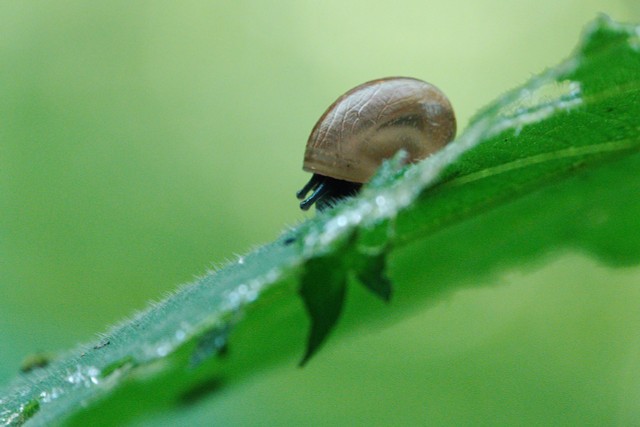Last updated on October 23rd, 2023 at 08:37 pm

wintering citrus plants is demanding, but possible. Only under optimal conditions the leaves remain intact and the plant survives the winter.
You can overwinter citrus plants in two different ways: either light and warm or cool and dark. Other options should be avoided, otherwise the leaves may fall off. Citrus plants can be overwintered in the same way as lemon trees.
Citrus fruits are mainly grown in subtropical areas, where the climate is much warmer than in our latitudes. Therefore, the plants cannot be left outside over the winter in Europe.
Contents
Citrus plants: Before wintering

Before you bring the citrus plant indoors for the winter, you should consider the following things:
- Leave the plant outside for as long as possible. It makes sense to place it close to the wall of the house. This will protect it from the cold and wind. Below five degrees Celsius, however, you should bring the citrus plant indoors and overwinter it.
- Cut back the citrus plant. To make the plant nice and bushy next year, you should cut it back slightly before wintering. To do this, simply remove the dead branches with pruning shears. The cuts should be made up to the base of the green branches, so that the plant can encapsulate the cuttings. You can prune citrus plants similarly to a lemon tree.
- Examine the citrus plant for insects and critters. Slugs, scale insects and arachnids may be attached to the plant. You should remove these before overwintering the citrus plant.
Wintering citrus plants in a cool and dark place
You have the option to overwinter your citrus plant in a cool and dark place. The colder the temperature, the darker the room should be. The temperature should not fall below four degrees Celsius. The root ball must not cool down. Therefore, insulate the tub with old blankets or fleece, for example. Wrap these around the outside of the container. It is important that you also insulate the bottom of the container.
A good place to overwinter citrus plants using this method is, for example, the cellar. Cellars are usually dark and temperatures are constant.
Over the winter, you should water the plant occasionally so that the soil is only slightly moist. If you water too much, the root ball may rot and the plant may die.
In contrast to the warm and bright wintering, the citrus plant stops its activity with this method. It is then in “dormant mode.” Therefore, it needs less water and also no longer performs photosynthesis.
Wintering citrus plants warm and bright
Another option is to overwinter the citrus plant bright and warm. The warmer you overwinter the citrus plant, the brighter the location should be.
For example, you can place the plant in a greenhouse or a bright room in the house for wintering. In the greenhouse, you should also insulate the container with the root ball, because cold can rise from below.
Regular watering is especially important with this type of overwintering, as the citrus plant continues to grow and photosynthesize. The temperature should be about between ten and 15 degrees. At 15 degrees, the plant needs about eight hours of light per day.
Wintering citrus plants: the right care

To keep your citrus plant doing well over the winter, follow these care tips:
- Airing: By airing your citrus plant regularly, you can prevent scale insects from infesting it.
- Fertilizing: Occasional fertilizing during a bright and warm winter is important. You can also make your own plant fertilizer.


